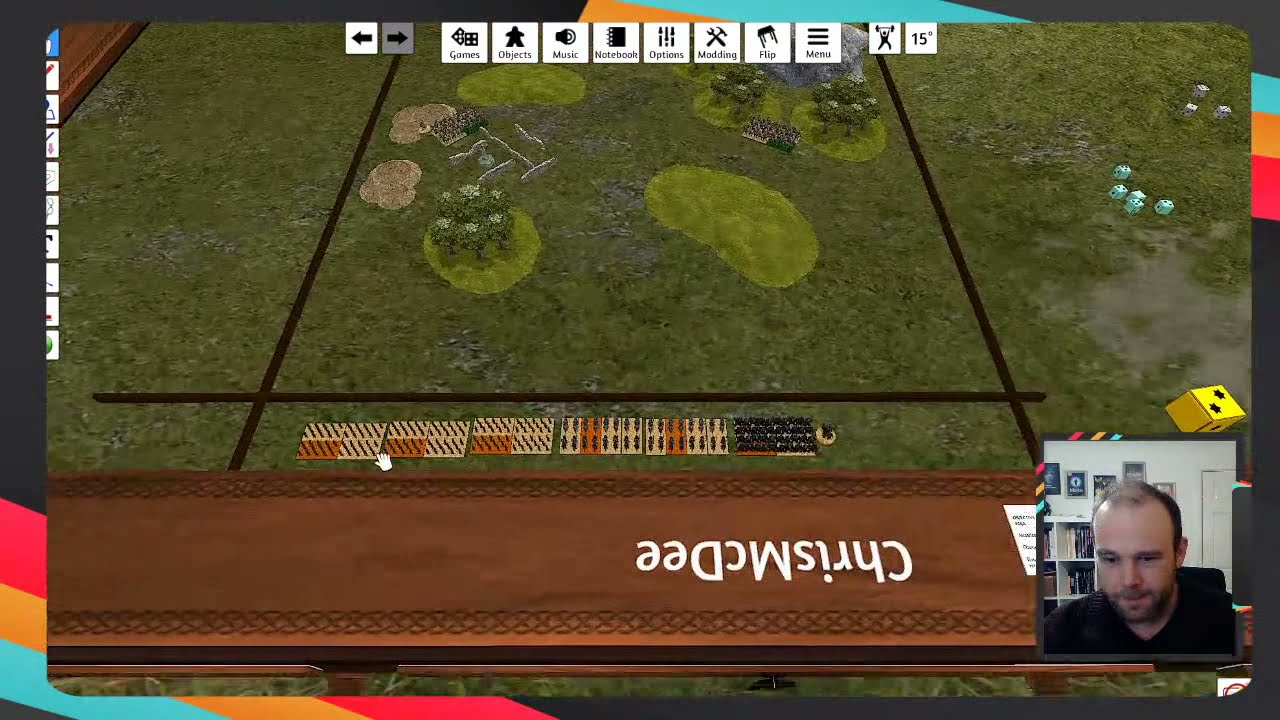This might be an oddball thought to have here, but due to me having a growing interest in Wargaming and mini-painting, part of my brain has been milling on what Wargames in the OSR would look like.
For a frame of reference, my most recent reading related to rulesets has been Blackpowder 2e, a wargame meant to simulate warfare that occurred from the Spanish War of Succession up to the Spanish American War.
This ruleset (like other wargames) is kind of packed with detail on the period on how units usually behave in a battle, but in the same stroke the ruleset is filled with various procedures for the general actions used in the game that (at least on the surface) makes things a little easier to handle.
Part of me thinks an OSR Wargame would lean heavily on procedures and quickness as the main focus of the game with the scale either being set to simulate small battles like a Commander leading something like a small regiment or focus more at the skirmish level or Warband level which would be similar to what would normally be seen in an OSR game.
Another part of me would assume it would just be another OSR ruleset just with the scale ramped up to include more than just a singular player controlling a single PC. The only difference being is that there would be more of a focus on the greater group than just one member of said group.
You all have any thoughts about this?


